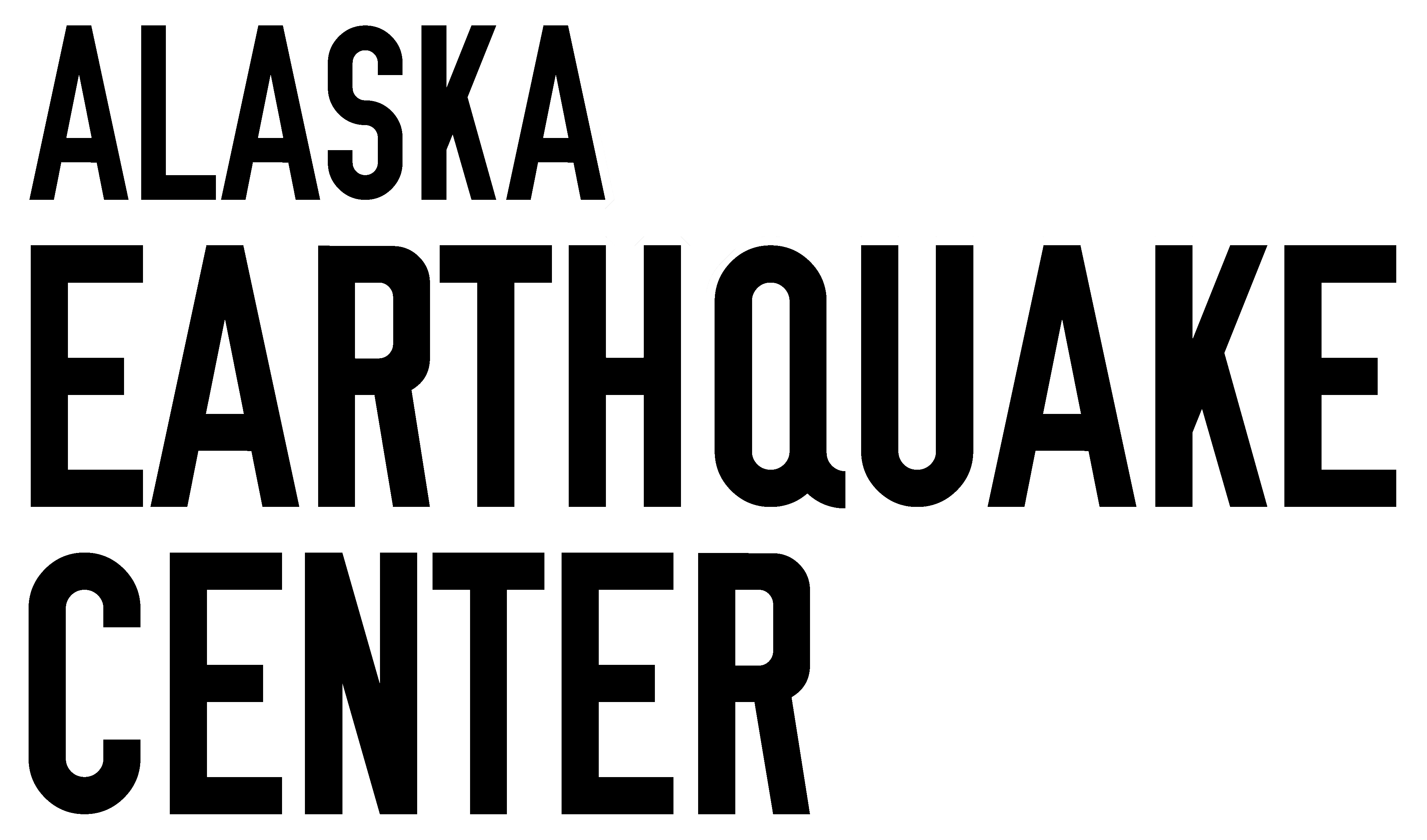Magnitude 3.9 - 65 miles SE of Sand Point
November 21, 2024 23:04:14 AKST (November 22, 2024 08:04:14 UTC)
54.4755°N 159.8603°W Depth 2.7 miles (4 km)
No reports of this event being felt have been received at this time.
This event has been reviewed by a seismologist
- 97 miles (157 km) SE of Mt. Dana
- 103 miles (167 km) S of Perryville
- 104 miles (168 km) SE of Pavlof Sister
- 104 miles (168 km) SE of Pavlof Volcano
- 105 miles (170 km) E of King Cove
- 106 miles (171 km) SE of Emmons Lake
- 106 miles (171 km) S of Mt. Kupreanof
- 108 miles (175 km) SE of Mt. Dutton
- 118 miles (191 km) SE of Nelson Lagoon
- 120 miles (194 km) S of Mt. Veniaminof
- 124 miles (201 km) E of Cold Bay
- 272 miles (441 km) E of Dutch
- Magnitude type: Ml
- Event type: earthquake
Tectonic Setting of the Alaska Peninsula
Seismicity in the Alaska Peninsula region is produced by different tectonic features: (1) The Aleutian megathrust is the source of the strongest earthquakes in the region. The most recent examples include the 2020 M7.8 Simeonof Earthquake under the Shumagin Islands and the 2021 M8.2 Chignik Earthquake southwest of Kodiak Island. While these recent earthquakes did not produce damaging tsunamis, previous tsunamis were documented in historical records of Russian communities and in recently discovered paleo-tsunami deposits. (2) Intermediate depth seismicity (below 20 miles/32 km) occurs in the Wadati-Benioff Zone, where the subducting Pacific Plate descends towards the mantle beneath the North American Plate. This zone extends along the Aleutian Arc, Alaska Peninsula, and Cook Inlet. In the Alaska Peninsula region, the seismicity abates at approximately 150 miles (241 km) depth, reflecting the down-dip extension of the Pacific Plate. The Aleutian-Alaska Wadati-Benioff Zone produces thousands of earthquakes each year, most of which are too deep and too small to be felt. The most notable examples of such earthquakes are the 1999 M7.0 and the 2001 M6.9 Kodiak Island events. Both earthquakes caused damage and disruption to the City of Kodiak and other communities on the island. (3) Crustal seismicity in this region can be attributed to the Kodiak Shelf Fault Zone and to the volcanic arc. In 1912, a series of M7+ earthquakes was associated with the Novarupta eruption, which was the largest volcanic eruption of the 20th century worldwide.







